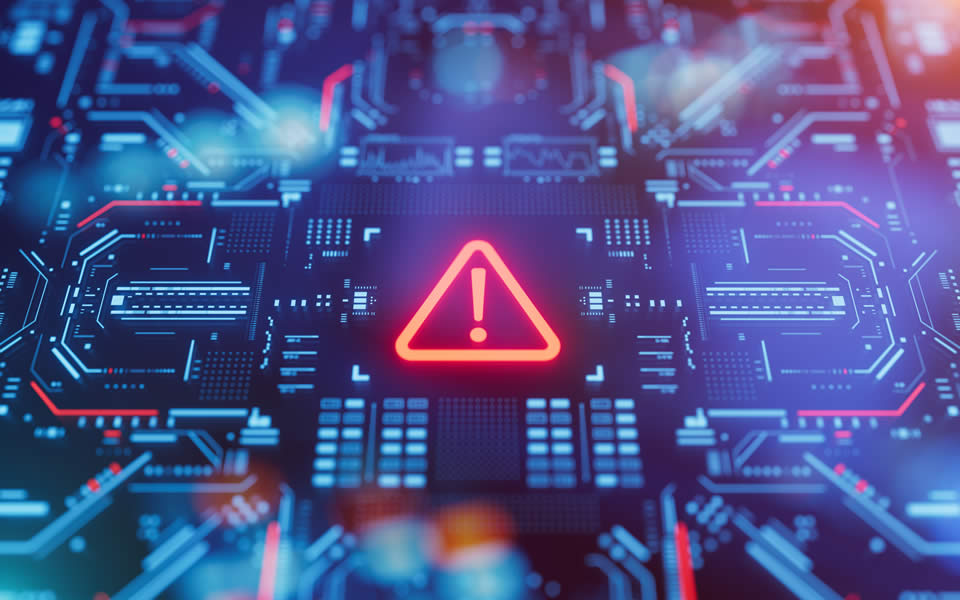A Look at Four Areas of Emerging Cybersecurity Risk
By John Rostern, Vice President, Cybersecurity & Digital Forensics, Marcum Technology
The end of the year is always a good time to review and reflect on the evolving landscape of cybersecurity and some of the new challenges that have emerged in 2023. This year has seen significant developments on many fronts, highlighting the need for continuous adaptation and improvement in our defense strategies.
In the past year we have seen increased geopolitical unrest, the rapid adoption of AI, the continued growth of ransomware attacks, and the specter of personal liability for CISOs in the event of a breach. Let’s take a look at how these factors have impacted the cybersecurity landscape and its outlook.
1. HOW GEOPOLITICS SHAPES CYBER THREAT
The current increased level of geopolitical unrest has cast a long shadow over the realm of cybersecurity. With nation states, their proxies, and non-state actors engaging in information warfare, espionage, and direct attacks to disrupt critical infrastructure, the cyber threat environment has become increasingly dangerous. The sophistication of these attacks, coupled with the substantial financial and technical resources of these actors, calls for robust cybersecurity measures and effective risk management strategies.
Organizations of all sizes and across all sectors continue to be challenged in effectively managing cybersecurity risk. Taken together with the heightened threat environment, this leads to a significant increase in the likelihood of successful and impactful cyber-attacks.
2. THE INTERSECTION OF AI AND CYBERSECURITY
The rapid emergence of Artificial Intelligence (AI) and Machine Learning (ML) has brought both opportunities and challenges to cybersecurity. AI has enhanced threat detection and response capabilities by supporting the analysis of vast amounts of data, identifying patterns indicative of malicious activity, and supporting faster responses to attacks. However, attackers are also leveraging AI and ML to develop more advanced and targeted attacks, requiring increased innovation in defensive strategies.
As it becomes an integral part of measures to safeguard digital assets, the ethical implications of AI in cybersecurity must be addressed. Issues such as algorithmic bias, job displacement, and accountability for AI-driven decision-making demand careful consideration. Privacy concerns abound with the integration of AI into systems handling personal data, necessitating transparency in decision-making processes. We must create safeguards, while being careful not to discourage, disrupt or delay the adoption of a technology that will have profound positive impacts in the future.
3. RANSOMWARE’S GROWING PRESENCE
In 2023 we saw a marked increase in ransomware attacks which have caused operational disruptions, severe financial losses and damage to the reputations of affected companies. Small businesses, often lacking robust cybersecurity programs, are disproportionately vulnerable to these malicious attacks as they are targeted due to their perceived weaker security postures. The evolution of the ransomware threat has highlighted the increased need for more proactive measures to mitigate the risk. This includes the implementation of Zero Trust Architecture, increased focus on resiliency and recovery as well as more focus on fundamental risk based cybersecurity practices.
4. THE PERSONAL LIABILITY OF THE CISOS
The role of Chief Information Security Officers (CISOs) has been highlighted by increasingly stringent data protection regulations and heightened public awareness after recent publicized breaches.
Soon we could see CISOs facing personal liability with serious legal and financial repercussions that pierce the traditional corporate veil and protections provided by Directors & Officers (D&O) insurance. This is quite problematic as in many cases CISOs do not have the resources or authority to properly protect the organization from breaches. This paradox will not only negatively impact the role of the CISO but also the overall state of cybersecurity.
KEY STRATEGIES FOR THE NEW YEAR
To enhance resilience and readiness in the face of an increasingly complex and dynamic cybersecurity environment, businesses should consider the following when preparing their cybersecurity strategies.
- Robust Cybersecurity Measures: Use firewalls, intrusion detection, and regular third-party assessments to defend against various threats.
- Good Cyber Hygiene: Promote password managers, multi-factor authentication, and updates to lower attack risks.
- Investing in AI-Enabled Tools: Evaluate and implement AI tools to identify and prevent attacks while monitoring for potential misuse by attackers.
- Education and Training: Train staff on sound cybersecurity practices, including spotting phishing attempts and other common attack methods.
- Board-Level Support: Provide strategic guidance regarding risk management and acceptance as well as fiscal support needed to execute an effective cybersecurity strategy.
- Test Cyber Resilience: Engage in regular, realistic tabletop exercises to test contingency and response plans with key stakeholders from the C-level on down.
BUILDING CYBERSECURITY RESILIENCE
As we close out a year of rapid change and evolving threats, the need for the effective mitigation of cybersecurity risks has never been more evident. Organizations of all sizes, regardless of location or business sector, must provide a level of cybersecurity appropriate to the risks to their organization and key stakeholders including their employees, owners, investors, and customers.
Marcum Technology can help you forge a robust cybersecurity blueprint, effectively tackling paramount enterprise threats, and proactively reducing your vulnerability to cyber-attacks.




















